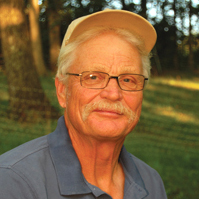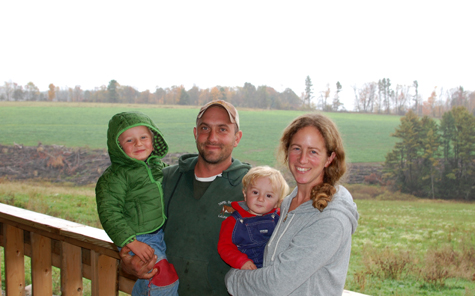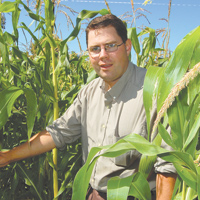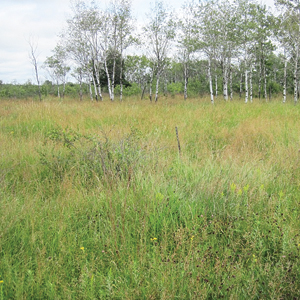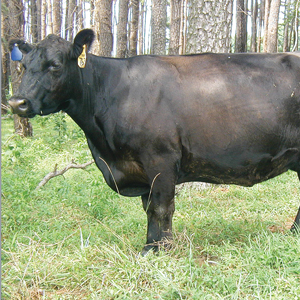By Jim Van Der Pol
Kerkhoven, Minnesota — We had been talking about the new dairy factories here in western Minnesota, my friend and I. We finished adding the 4,000 cows in the first one to the 10,000 in the next one, then the 10,000 cows in the just-completed one as well as the 10,000 in the just-proposed one. That is 34,000 cows, all within 12 miles of my house.
I told my friend that the dairy factories imported young men from South America to do the work and constructed bunkhouses at the site so they wouldn’t be bothersome in the town and create a public relations problem. Then, speaking from the experience of a lifetime in dairy farming, came his question: Continue reading “Drawing the line using peasant wisdom”

